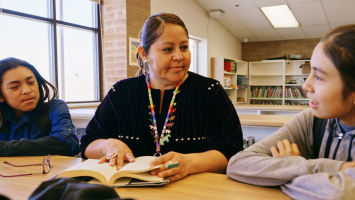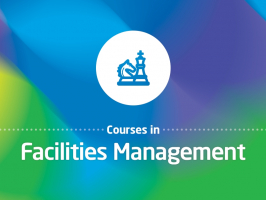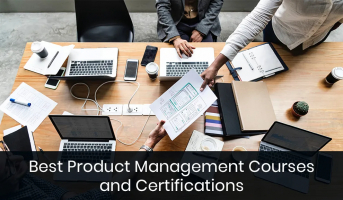Top 10 Most Proactive Classroom Management Tips
Whether teaching online or teaching in person, this is a vital principle when you want to manage your students. Teachers all want attention and, of course, ... read more...students need it even more than once. Establishing positive relationships fosters student confidence and collaborative initiative. When students trust their instructors, they inevitably follow the rules even before the strict rules appear. At the same time, engaging with students gives them the freedom to talk about the problems they're having in the classroom - something a teacher needs to know more than ever. To answer the question of how teachers can effectively manage their classrooms, hope this article is a suggestion for teachers to refer to during class.
-
Listening and understanding are two important factors for maintaining order in the classroom. Each individual student will have unique personality traits, requiring different approaches and solutions. Understanding how each individual thinks will be a condition for teachers to be closer to their students. In addition, many students become disruptive, and aggressive when being forced or not allowed to express their views. Therefore, make sure the teacher is attentive and lets the child speak before adjudicating any behavior.
Lecturers must create more opportunities to communicate and interact with students. Teachers should learn the differences between students to have appropriate support. Teachers can get off to a good start by asking students to introduce themselves. There are many ways such as writing a paragraph, answering the question of why they joined the class, or what they hope to learn from the course. From there, you will have an overview of students and classroom management.
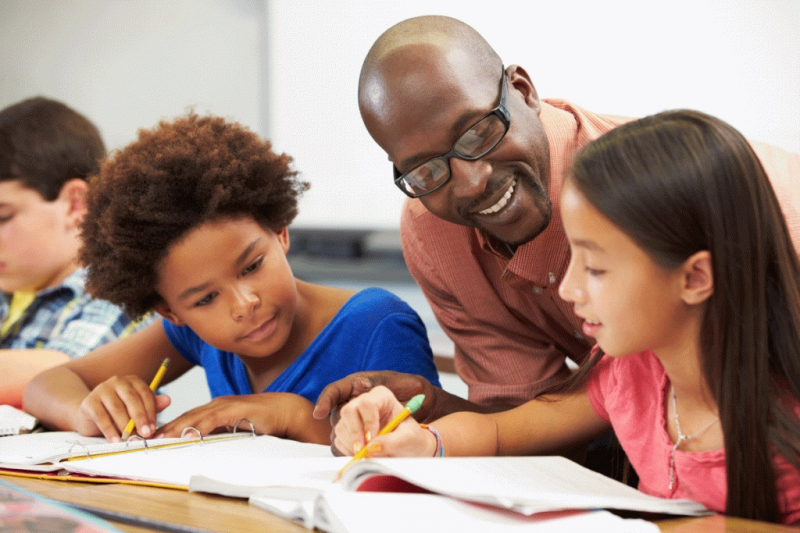
Listening and understanding 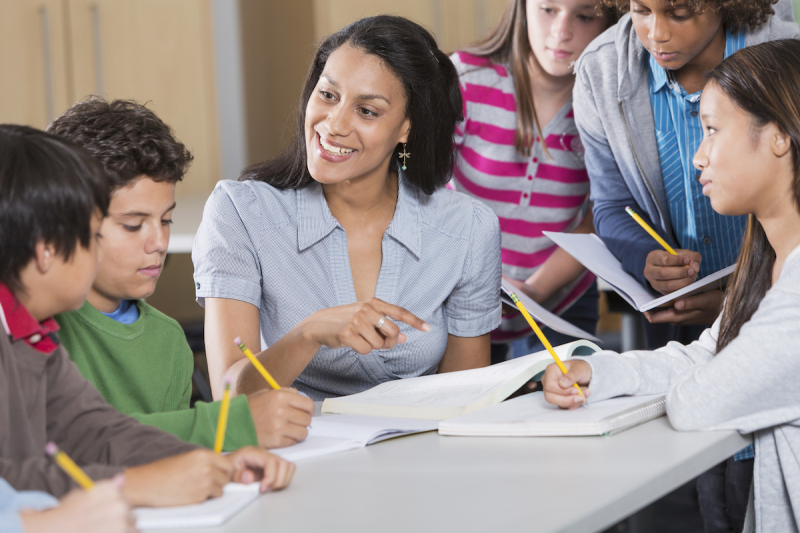
Listening and understanding -
It is important to have a list of rules that students need to follow from the very first session as this will help shape student behavior during and outside of class. For example, for online classes, teachers need to introduce more specific rules for online learning, such as turning on the camera during class time or ensuring a stable network connection. Note that it is necessary to remind students to be serious, especially in the first sessions, to shape habits throughout the course.
Build up rules to take that as a standard for behavior in class. Every classroom should have its own set of rules and make sure all students understand them. Developing rules also need to ensure the principles so that students can have a healthy and safe environment to study, without being pressured by too strict rules. Instructors should objectively absorb students' comments on classroom rules and make appropriate adjustments. Students need to see that they actively and voluntarily comply with the regulations.
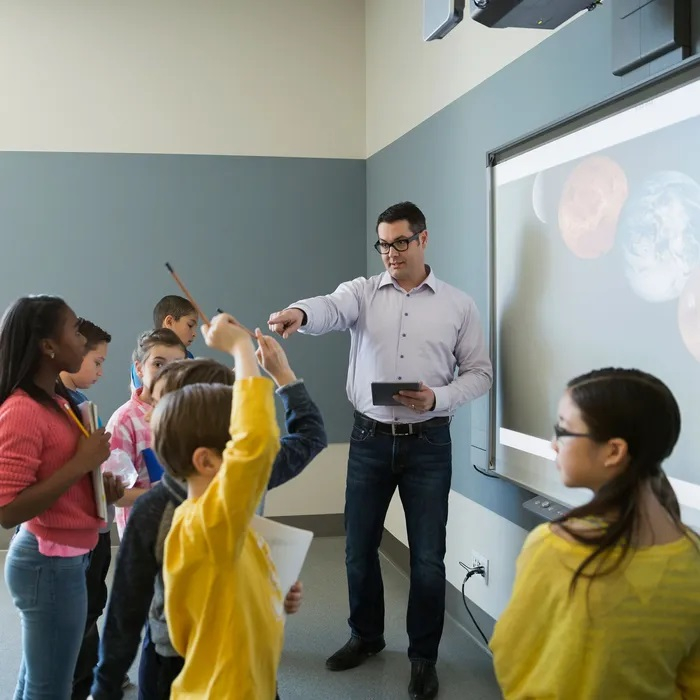
Build up rules 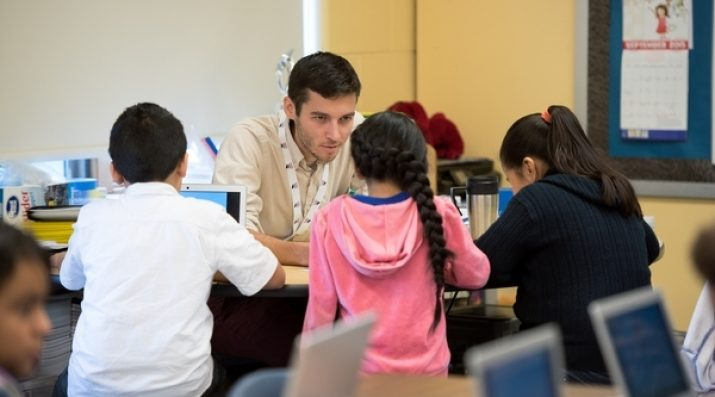
Build up rules -
What if there are only a few students in the class who are quite 'hard to cooperate with and do not obey? Of course, more individual approaches are needed now. For each case, the teacher needs to come up with a separate way to handle it and to avoid affecting other students in the class, as well as create a comfortable environment for these 'difficult' students to share, instructors can make private appointments and talk directly with those students.
For example, in the class, there are students who often miss class without permission, and do not do homework. If the classroom reminders - both gentle and strict, are not effective, the teacher should contact and talk privately with the pupil to find out the cause of the above situation and from there take remedial measures. Maybe because you feel that the course is not suitable or you can't arrange the time to study. A face-to-face discussion will help the lecturer better understand the cause of the problem instead of blaming the student's laziness or poor knowledge and students will also feel more dedicated to the teacher.
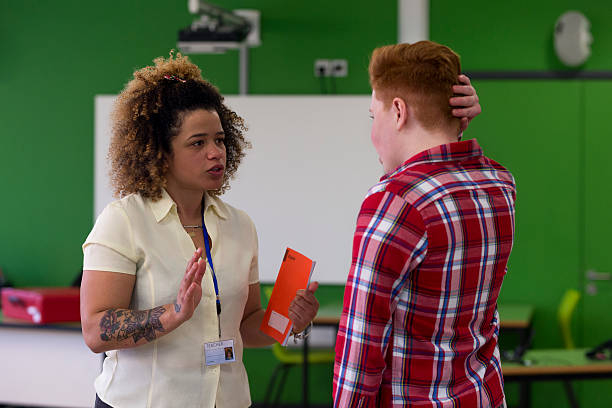
Private appointment with mischievous students to discuss 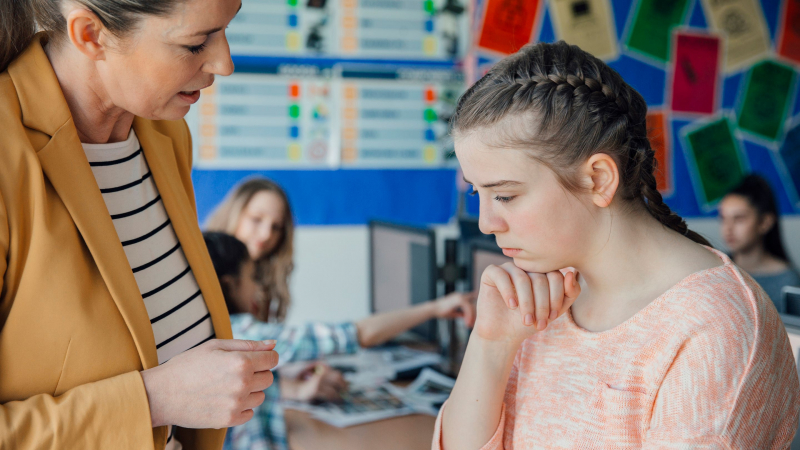
Private appointment with mischievous students to discuss -
Teachers can organize supplementary sessions for the class when they feel that the class time is not enough to convey all the knowledge, or there are some complicated parts that need to be analyzed deeply. This depends on the overall ability of the class, if there is a part where the teacher feels that most students are having difficulty, it is advisable to spend more time to ensure that you are supported. Of course, in order to do this, both students and lecturers have to share a free time frame – something that is quite difficult to do.
Teachers can combine them into the main lessons, such as asking students to study a little early in the early hours to repeat the difficult knowledge of the previous session or stay after class to spend more time discussing. However, teachers also need to consider the balance of time so that a lesson is not too long, students are overloaded, tired, and cannot absorb well. This is the ideal method for classes of unequal level - both to avoid wasting the time of the average student, and to create more conditions for those who are not good at learning, helping classroom management.
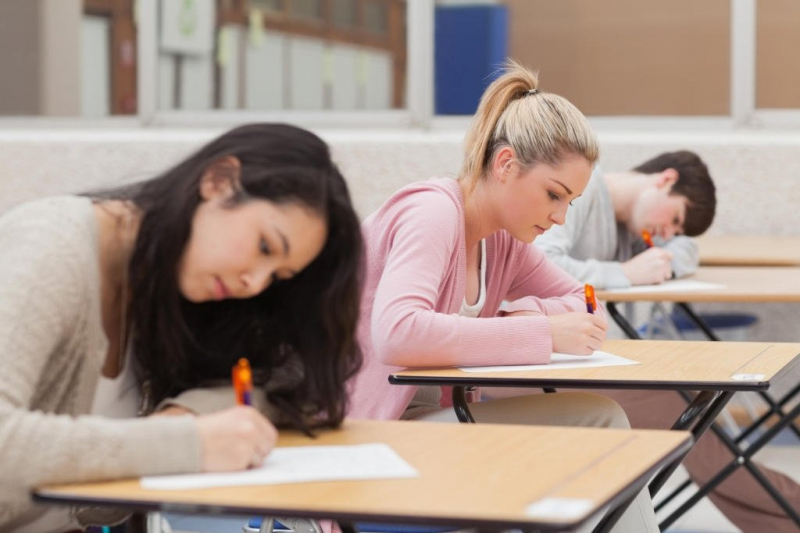
Organize supplementary sessions for the class 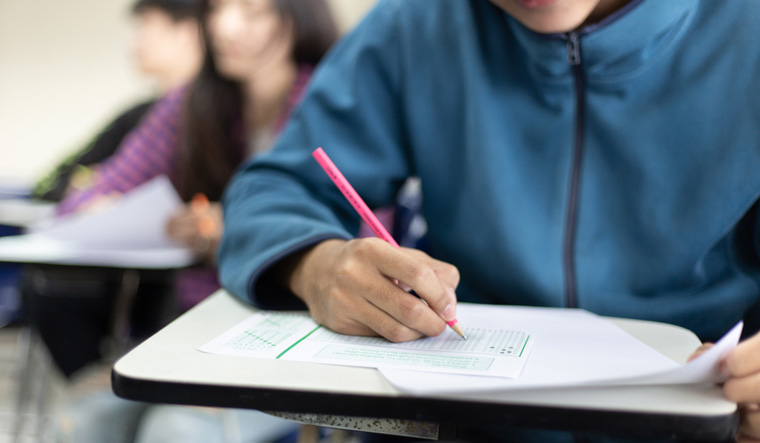
Organize supplementary sessions for the class -
Boring teaching methods, following the same path is also one of the reasons why students work alone, talk, pay less attention, etc. during class time. Let's change this by choosing a new, student-centered teaching method. Keep students busy with interesting questions and tasks so there's no time to break classroom rules. The "unpredictability" in the way the lesson is delivered will make students more interested in participating in the class many times.
Teachers also need to ensure that the current route is most effective for student progress. If the speed is too fast, students will not be able to keep up, and if it is too slow, it will lead to depression and subjectivity to learning too easily. In addition, there are cases where only a few parts of the students feel too fast/slow, the lecturer needs to know clearly which parts of the knowledge they are, in order to have a deeper understanding of the student's current level. Thereby balancing them to repeat the learning path for students as well as for the class.
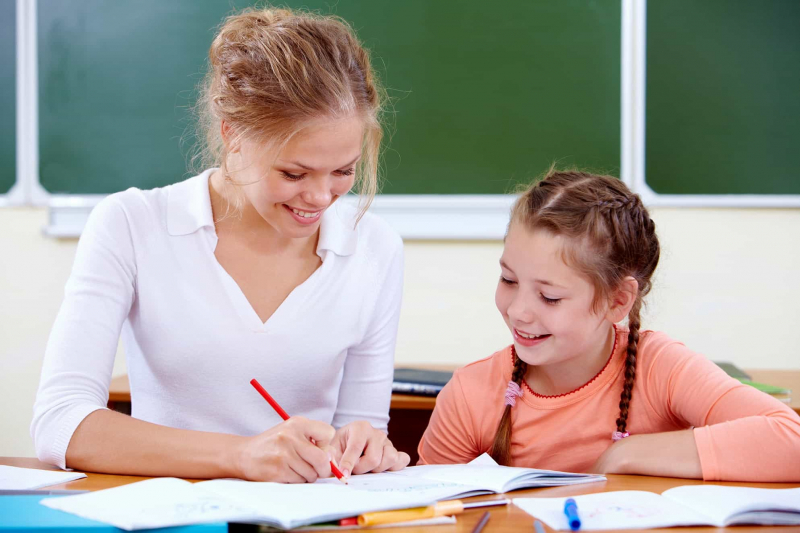
Change teaching methods regularly 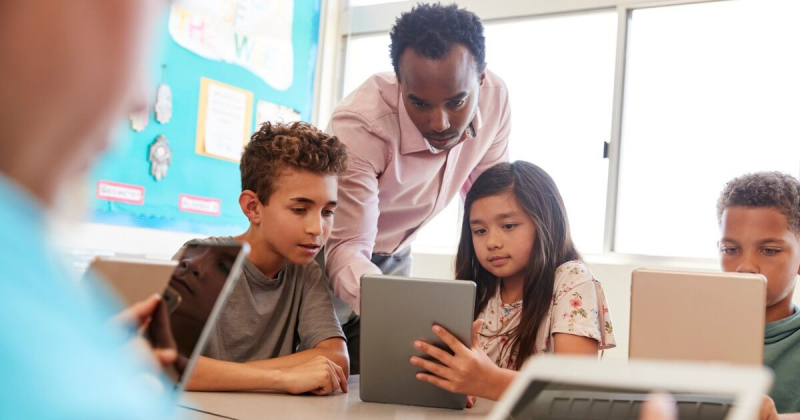
Change teaching methods regularly -
Education always attaches importance to education from two sides: school and family, parents will understand the personality of individual students and are the ones who want students to be the most perfect, so let's share with parents to change and find the right way to manage students. This somehow encourages parents to praise their child's progress at home so that students always feel their parents' recognition for their efforts.
Parents are also active contributors to student learning. The teacher should stay connected with the student's parents. Give them the opportunity to work with you to support student learning. Parents need to know the positives and negatives of their children. So parents also have appropriate rewards or punishments, so that students can recognize their behavior. Helping parents to participate more actively in their child's classroom will create more favorable conditions for teachers to manage the classroom during each class hour.

Contact with student's parent 
Contact with student's parent -
Creativity and clarity are two factors for teachers to effectively communicate with students. Students are prone to misunderstandings when they do not directly see the teacher's body language, or cannot ask confirmation questions at the time of learning. Therefore, teachers must be especially careful when communicating. Teachers should use a variety of methods of communicating content to engage students. Interactions between teachers and students may include talking or using nonverbal gestures such as nodding. smile or talk outside of class.
Communicating and engaging students in conversations promotes confidence and interest, which in turn is the glue for an effective class. For example, teachers adding videos can attract people. learning about sight, hearing, and emotion. An audio clip explaining an exercise, a recording of a keynote speech in history, or music can also engage children. Not only text documents but also screen recordings and PowerPoint slides combined with presentations can make lectures much more lively and interesting.
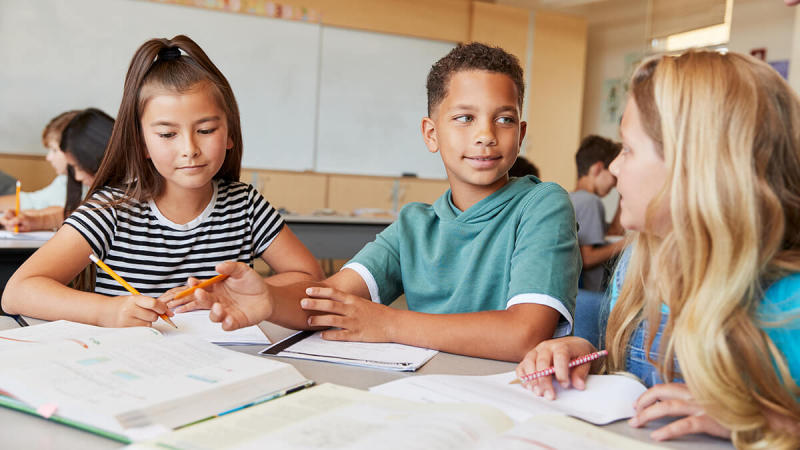
Engage students with communication 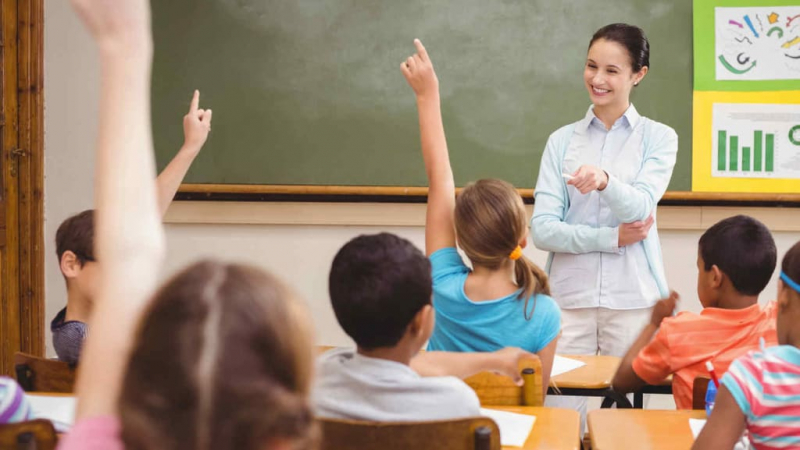
Engage students with communication -
Teachers should monitor each student's progress. Teachers should check at least weekly to see if students are monitored or not. Do students submit assignments on time? Can students demonstrate the results of their research? Teachers should proactively contact any students when they notice signs that they are struggling. Perhaps they need more help or else just encouragement or a reminder to keep them going.
Teachers should review whether they need further reminders or explanations about the content or assignments. Or with the rate of homework, teachers can support and answer students' questions and difficulties leading to incomplete work, avoiding criticism when not understanding the reason. Teachers can send weekly messages to remind students about assignments and provide other information to students. Whether short or long, through text or video, such messages let students know that they care about their learning and are responsible.
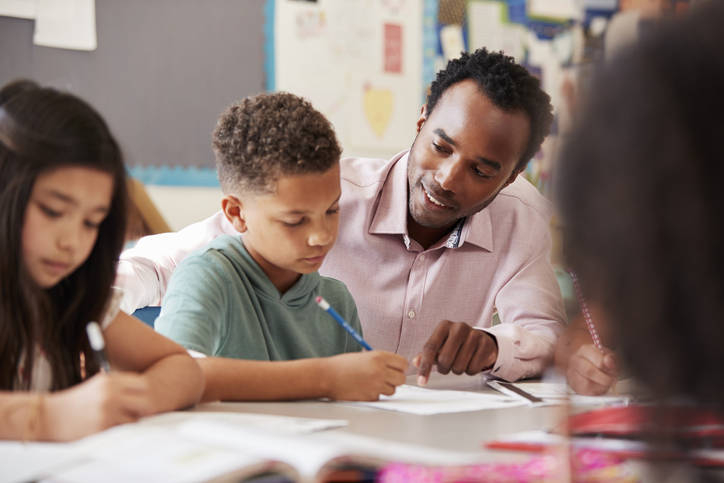
Monitoring and reminding 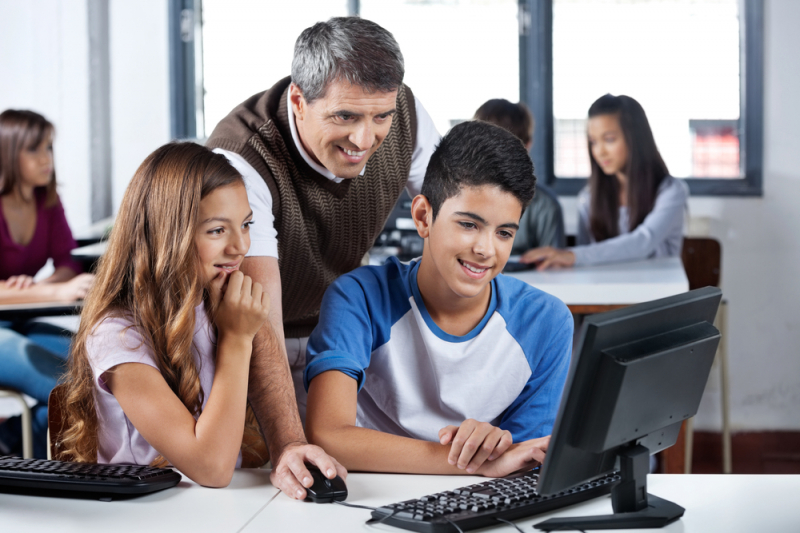
Monitoring and reminding -
Students may neglect to learn when teachers do not respond in a timely manner. Please respond quickly, and give marks and comments after each assignment, and test. In addition to grades, constructive and motivating comments really work. When students contact for help or have questions, it is best that the teacher responds within 24 hours.
Some students complain about online courses and those discussions go on for so long that students don't really engage with each other. With little or no response from others, participants are also not motivated to return to the discussion. You need to set a reasonable time limit for students to be flexible when participating. Teachers can comment with students and make sure the discussion is on track.
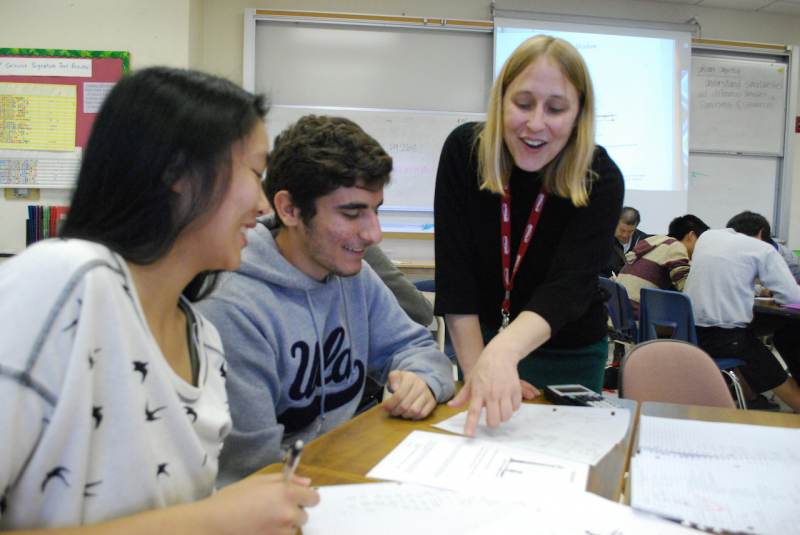
Quick response and feedback 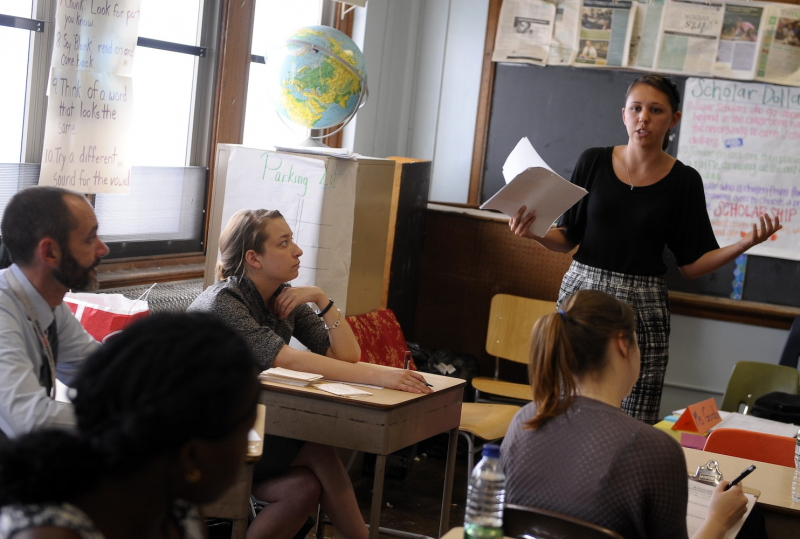
Quick response and feedback -
Applying rewards to motivate students is a good way that teachers often use in classroom management. The rewards will make the child become more excited when starting a task in the class. These rewards are also very effective behavioral incentives. Remember, timely praise and encouragement are much more effective than discipline and punishment. A simple word of encouragement or reward can be a great source of motivation. Create rewards for good behavior, for disciplined and hardworking students.
Please give punishment for undisciplined behavior. Direct dialogue with students who make mistakes. During the conversation, it is necessary to keep a calm and respectful attitude as well as show your own constancy. Try to find out the reason behind the student's misbehavior. From there, you can thoroughly address wrongdoings, preventing them later. These behaviors need to be detected and punished immediately. Overlooked misbehavior is synonymous with protection and nurturing for wrongdoing. This is an effective classroom management method and needs to be done in a timely manner.

Reasonable rewards and punishments 
Reasonable rewards and punishments















